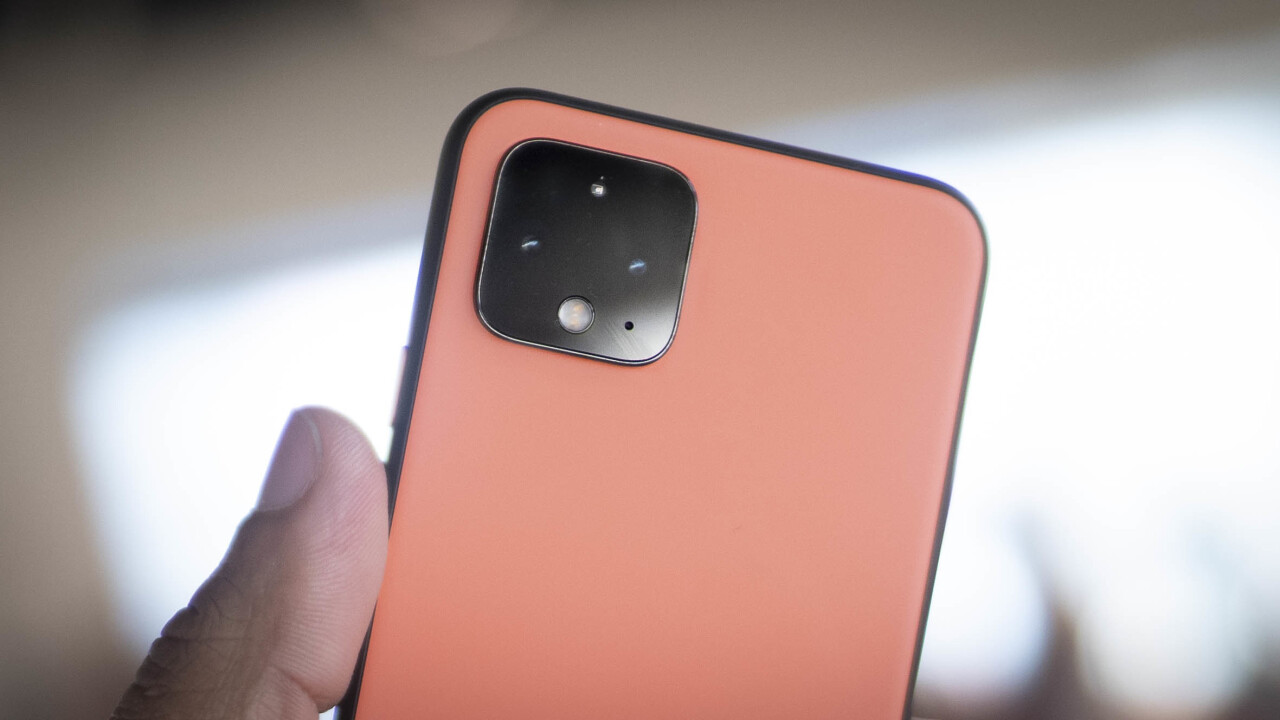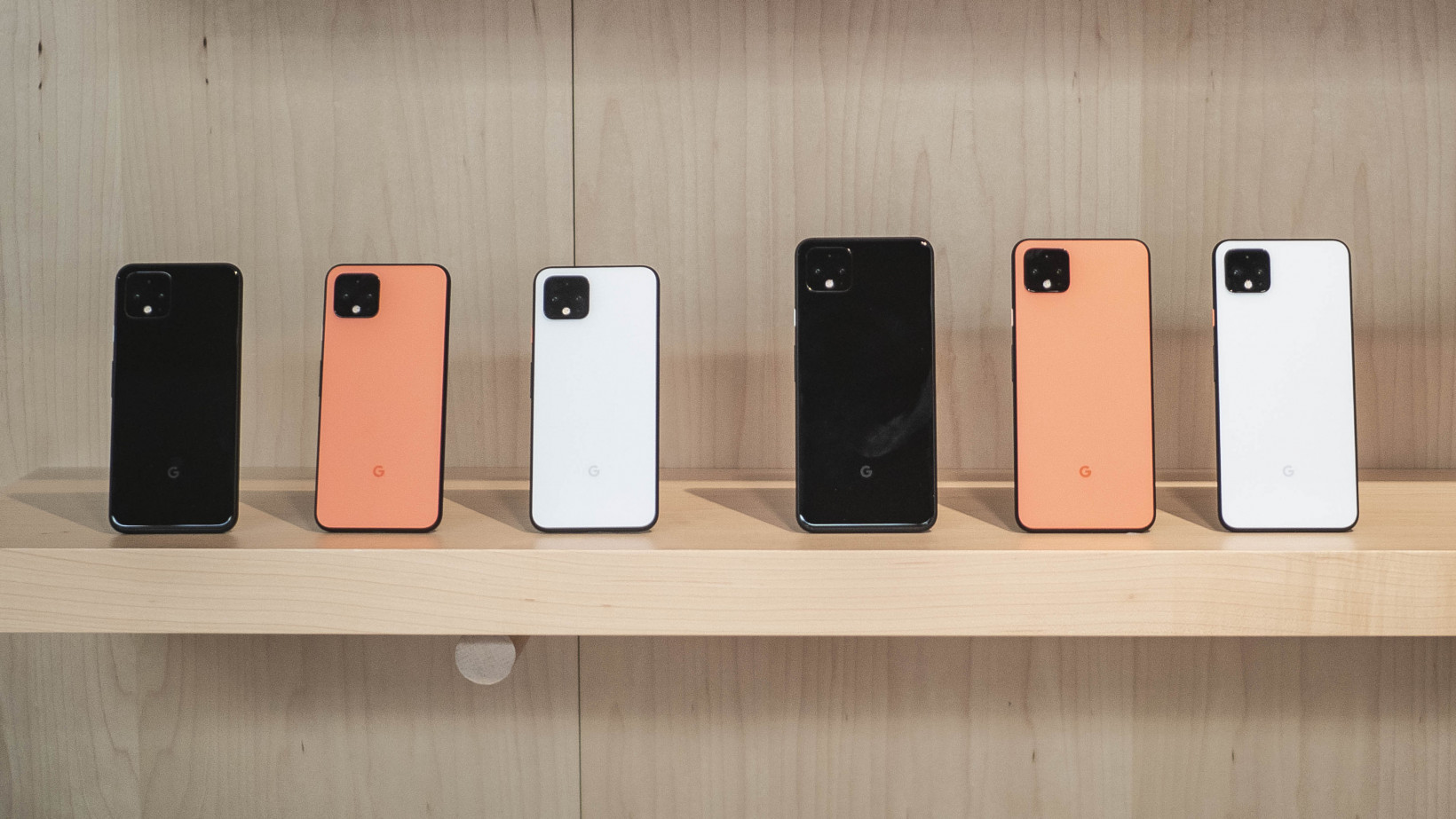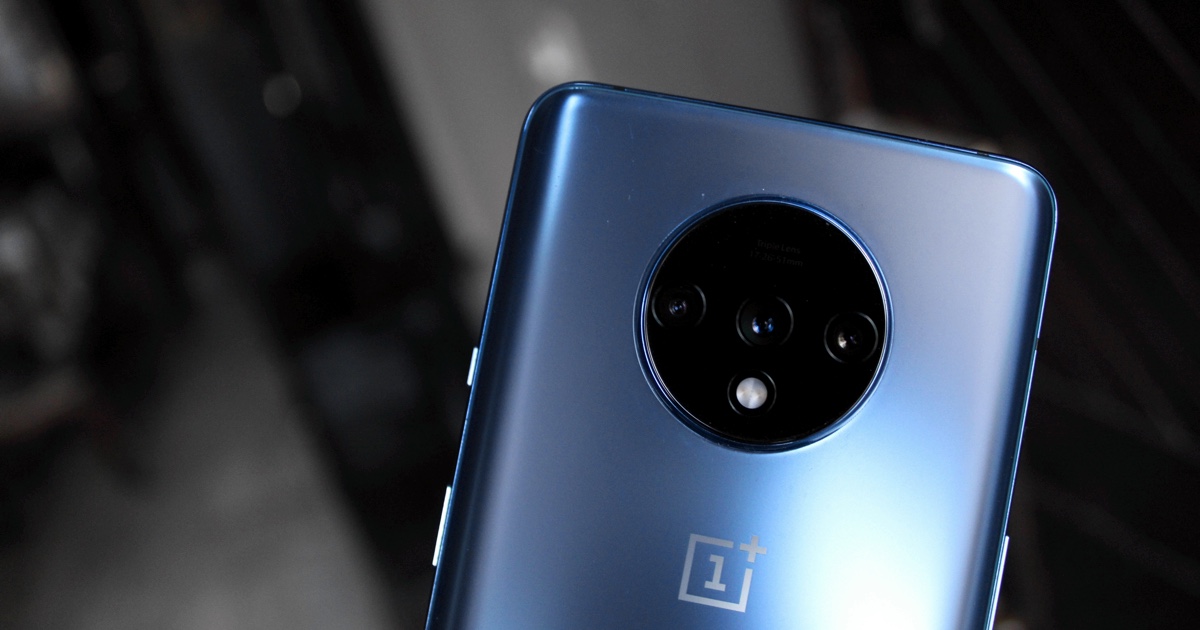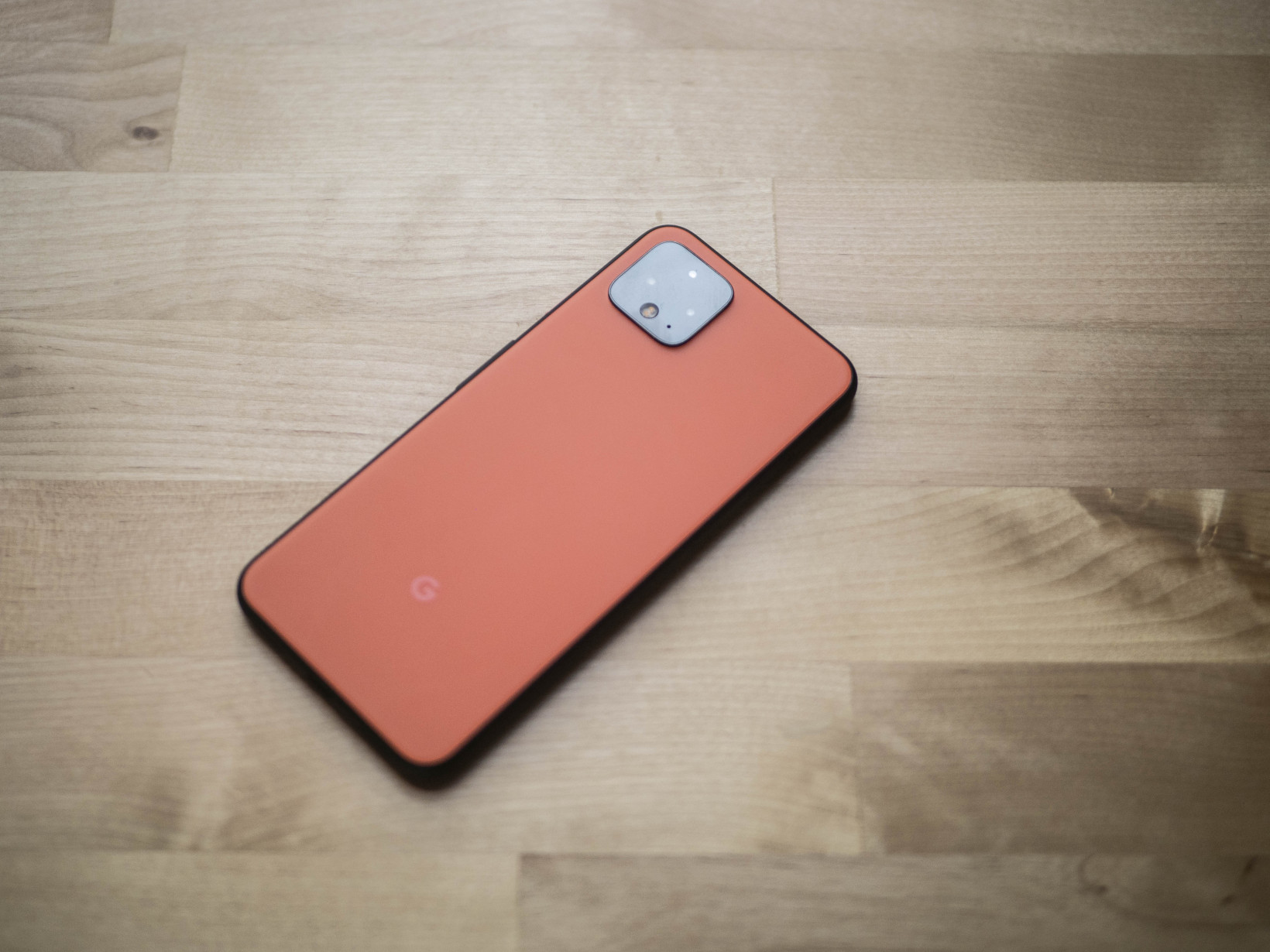
“Most popular SLR lenses do magnify scenes, not shrink them. So while wide-angle can be fun, we think telephoto is more important.”
In those two sentences, Google tried to dismiss the omission of an ultrawide-angle lens while announcing the Pixel 4. Instead, the company just reminded everyone that when it comes to hardware, it’s often a generation or two behind.
I like the Pixel 4 a lot, even though part of me wishes I didn’t. I still think Google has the best image processing on the market, by no small margin. I think Google’s photo software is intuitive, and the addition of dual exposure controls to control highlights and shadows separately is genius. And yet every year, Google seems to inexplicably hold back.
I personally believe an ultrawide is far more useful than telephoto, especially when the latter only offers a measly 2x magnification on the Pixel 4. Heck, it doesn’t even qualify as a telephoto by SLR or mirrorless cameras standards. For reference, the Pixel 4’s ‘telephoto’ lens is the approximate equivalent of a 45mm lens on a full-frame camera. That falls firmly under the ‘normal‘ lens category; telephoto is usually considered to be 70mm and beyond.

Misnomers aside, in both my work as a professional photographer and my everyday snapshots, I find there are far more situations where an ultrawide lens is indispensable than a telephoto lens. More often than not, I can ‘zoom in with my feet’ – a photography expression which implies you should get closer to your subject. If I can’t, I can always crop into an image. For Instagram-quality photos, that usually suffices, especially with a feature like Google’s Super Res Zoom.
But you can never zoom out after an image has been taken. And there are many situations, such as when shooting in tight quarters or trying to capture large landscapes or buildings, when you simply can’t step back far enough to capture an entire scene. Your best bet would be to capture a panorama or use an external lens, such as Moment’s excellent add-on optics.
Still, I recognize ultrawide vs telephoto is a long-standing battle. A Droid-Life poll from July suggests that preference for telephoto or ultrawide is split almost evenly among Android enthusiasts. The problem is, almost none of the Pixel 4’s competitors even make you choose.
Google saying pseudo-telephoto is more important means little when almost every flagship phone features a standard, telephoto, and an ultrawide lens. The Galaxy S10 and Note 10, the OnePlus 7 and 7T family, the iPhone 11 Pro, the Huawei P30 and Mate 30, and too many others to list. The LG G8 and G8X are just about the only other’s with just two cameras, but at least LG has always chosen to prioritize ultrawide.

It’s not the end of the world, but as a Pixel fan, it irks me how often Google leads the software race, only to shoot itself in the foot with bizarre, noncommital hardware choices. As The Verge put it, every year, “Google keeps adding Pixel features it claimed it didn’t need.”
With the Pixel 1, Google made fun of the iPhone for not having a headphone jack, only to make the same choice next year. With the Pixel 3, the company made a big deal about how it didn’t need a telephoto lens because Super Res Zoom was so good, only to add one on the Pixel 4. So how much do you want to bet Google relents in 2020 and includes an ultrawide angle lens on the Pixel 5… while everyone else has moved on to the next big thing?

Google isn’t alone in following trends, but sometimes the company seems an entire phone cycle behind, especially considering it launches its flagships at the end of the year. When it holds back on the camera hardware, the company is squandering the chance to not only lead the pack, but leapfrog the competition.
So yes, I still think the Pixel has the best camera on a phone. Google has figured out how to process mobile images better than anyone else, and that alone means it’ll probably be my daily driver for the months to come. But all I want is a Pixel with hardware that can live up to its software. Is that too much to ask?
Get the TNW newsletter
Get the most important tech news in your inbox each week.




